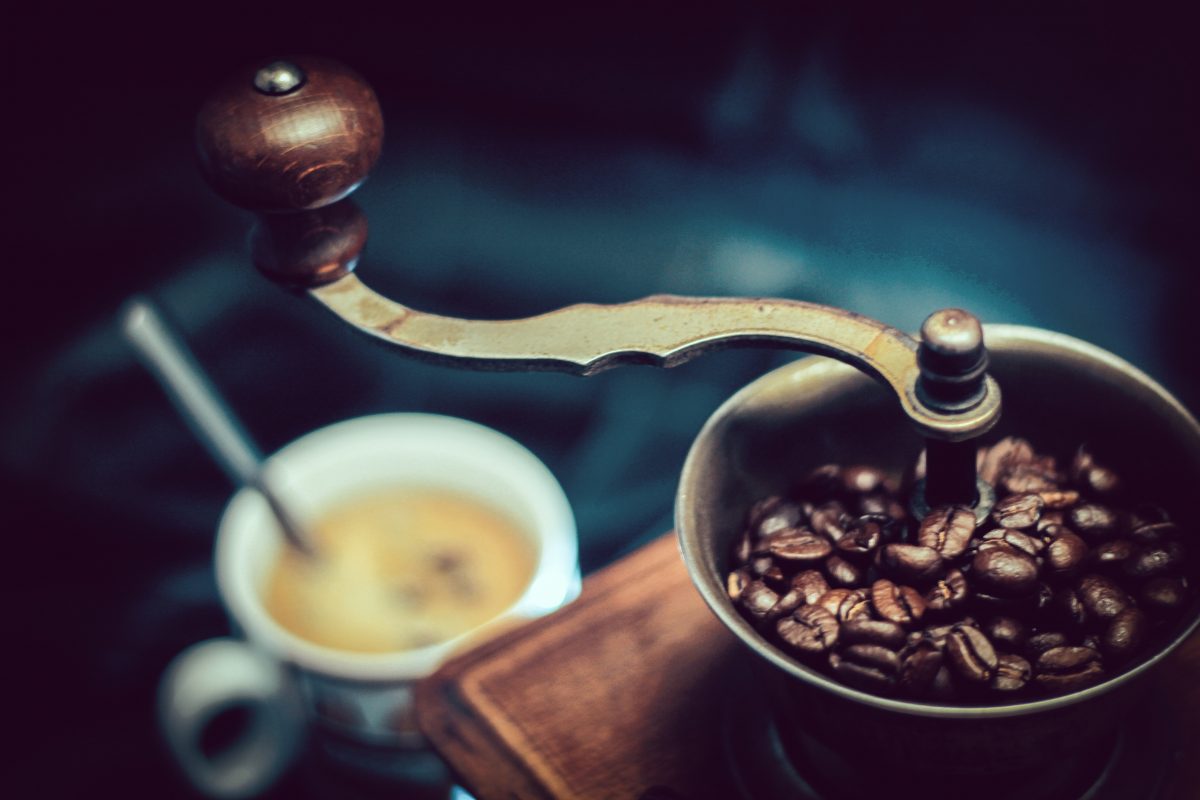Did you know that every great cup of coffee started with freshly ground coffee? I thought you should know. When am referring to fresh coffee, am talking about coffee that is ground before brewing. If you have a bean-to-cup coffee machine then it’s easy – the coffee machine has integrated coffee grinder, so beans are ground separately for each cup of coffee. But if you don’t – you need to choose and buy a coffee grinder. Most people have a hard time starting with coffee from the initial preparation process simply because they don’t know the tools they need along the way and how they should operate them. This post gives a step by step guide on how to operate a coffee grinder and make sure you use it the right way to give you the best tastes.
However, before we get to the real steps, we have to start by getting a good coffee grinder. It’s not that simple to use any grinder you get in the market for this purpose. Just spare some time and check for the best hand coffee grinder according to DiligentChef. We will have to start with two types of grinders and the variations that make them the best for coffee grinding.
Blade Grinders
These types of coffee grinders are cheap and produce a lot of sounds. Though these coffee grinders work well, they have a couple of complications. This is the type of grinder that you probably saw in your area. They are perfect but I usually don’t recommend them because they horribly hack and slice beans. What this means is that it may leave an uneven grind with the course. The motor will as well get hot which may compromise the process.
Burr Grinders
These are other grinders that we usually recommend. They are the best but you will have to dig deeper into your pockets for one. They are better for the union of beans and grind. They don’t produce a lot of noise and they also perform their duties without being compromised.
How to operate the grinder: step by step
Set the initial grind
You may have seen some grinders that have a warning on them telling you that you may not adjust them unless they’re running or empty. This is an issue, especially because doing so may move the burrs and trap coffee between the burrs and cause trouble. With all the precautions that you need to watch out for, you have to start by finding the finest setting to start with. The first step here is to turn on your burr lock if your grinder has one. The marks may be indicated with black markings on the black dial. Once you are at the finest point, then you should move o the next step.
Pull a test shot
Use your initial setting to make a shot of espresso on your machine. If you detect that the machine is not running the right way, then you need to make some adjustments. If the machine is clogged and wouldn’t pour as needed, then you are using a too fine grind.
Re-adjust the grinder
I bet that now your grinder is empty or almost empty. At this point in time, you should use a judgment call to see how far your grinder is. After that, check for the adjustment if you are way off. The adjustments should directly match your needs and special considerations. If for any case you end up with no espresso, then you are too fine and you need to do something about it.
Adjust grind time
The goods thing is that most coffee grinders in the market today have dosing control which tells you about the amount of time the grinder should operate. This comes in if you need a single shot or a double shot. To continue with this, you first of all need to check your machine’s manual to get some insights.
Adjust for specific types of coffee
Coffee seeds are not the same. What this means is that you have to make sure that your machine is at the best settings for that specific coffee seeds you are grinding. As a matter of fact, each type of coffee you buy will grind way different. The grinding experience may as well change over time. Consequently, you will have to check the tolerance in the grinding time. There are several other micro adjustments that you should make to see changes in this.




